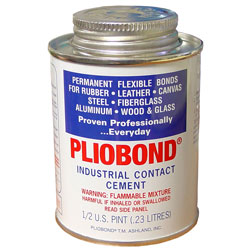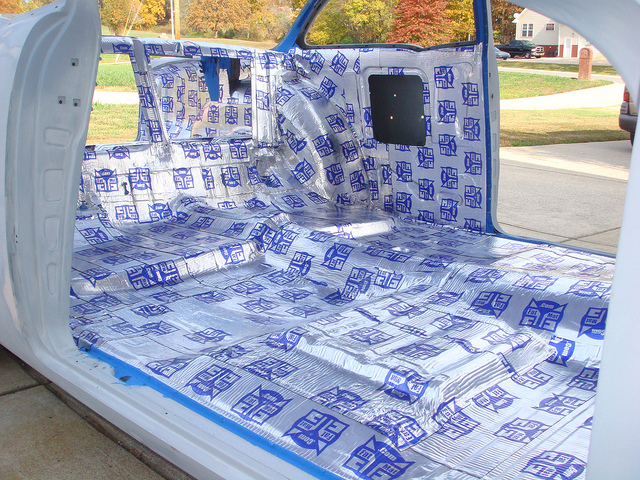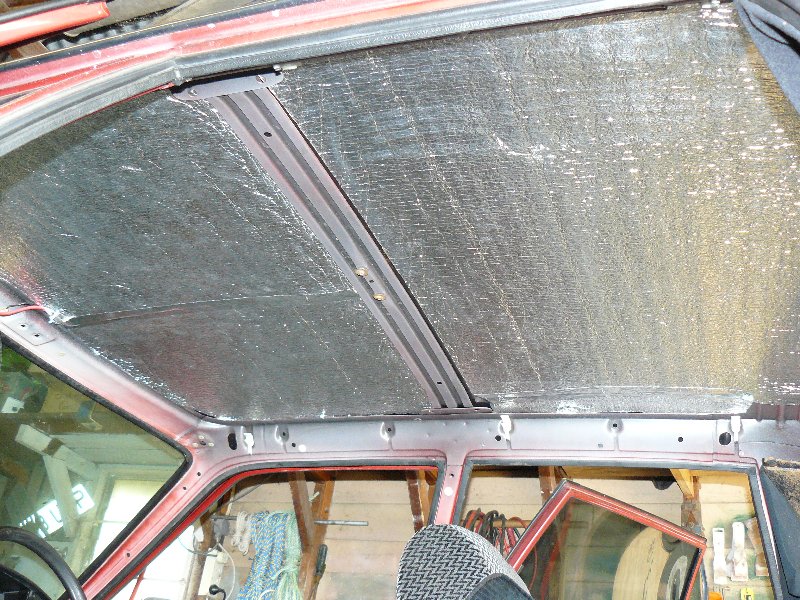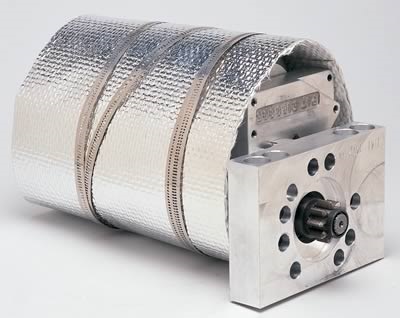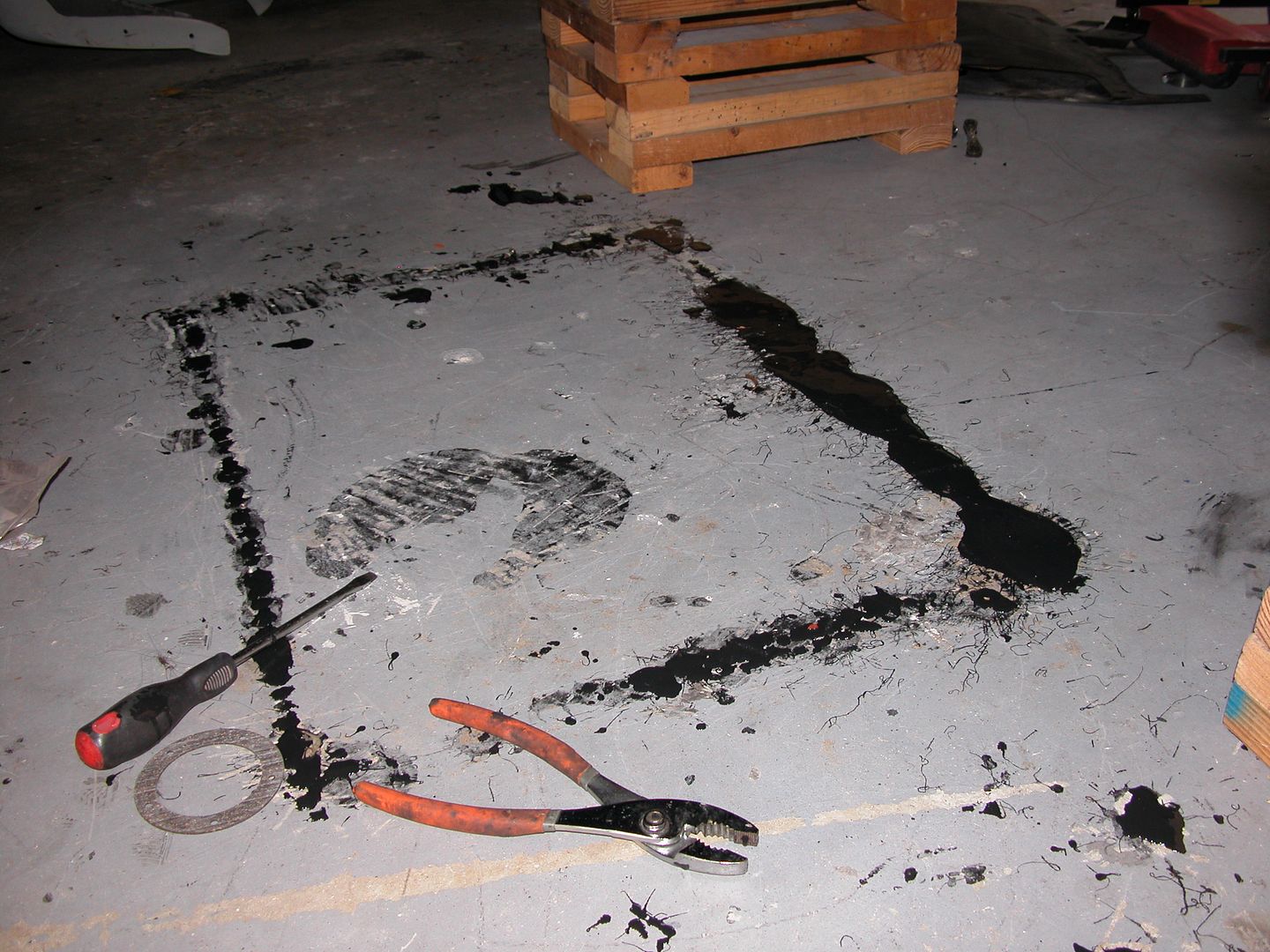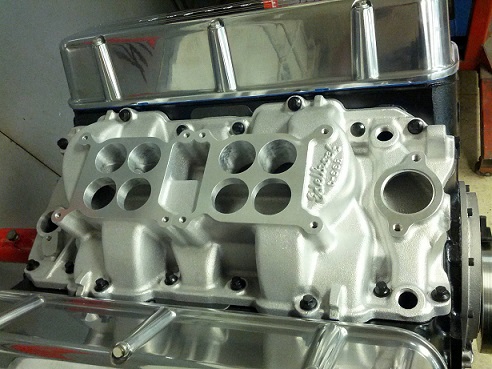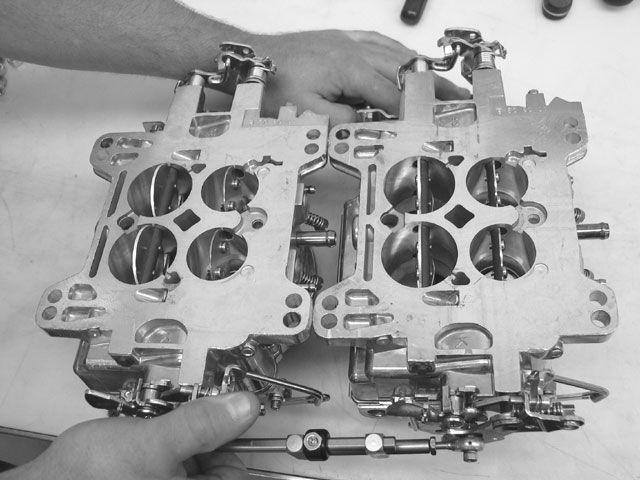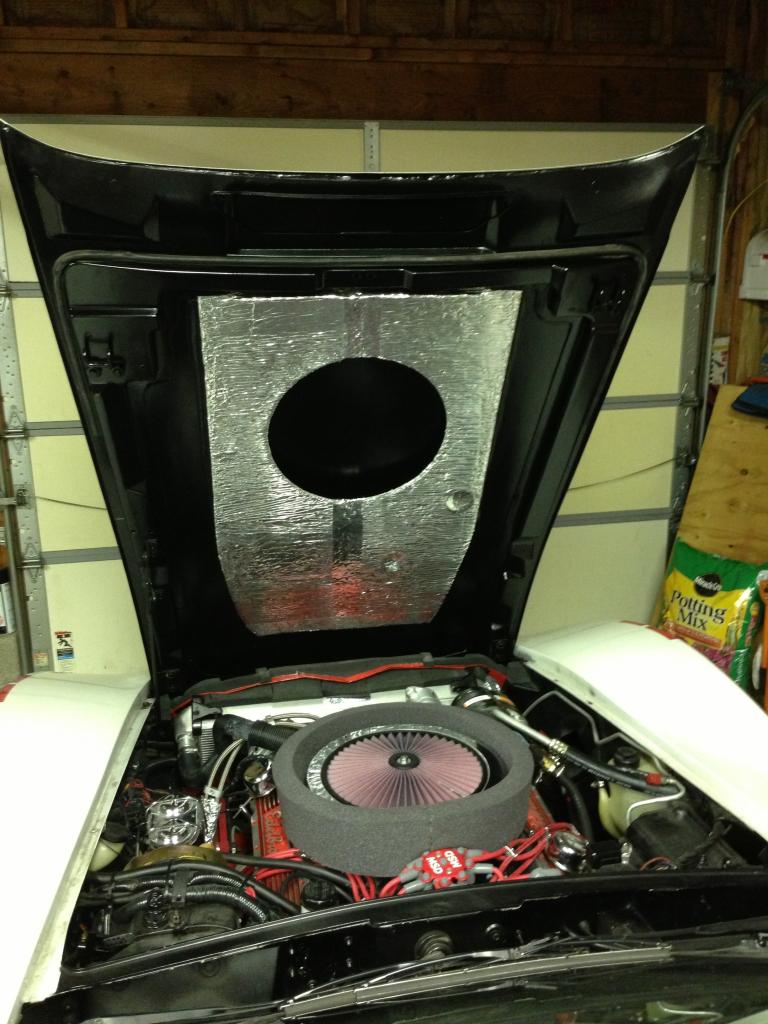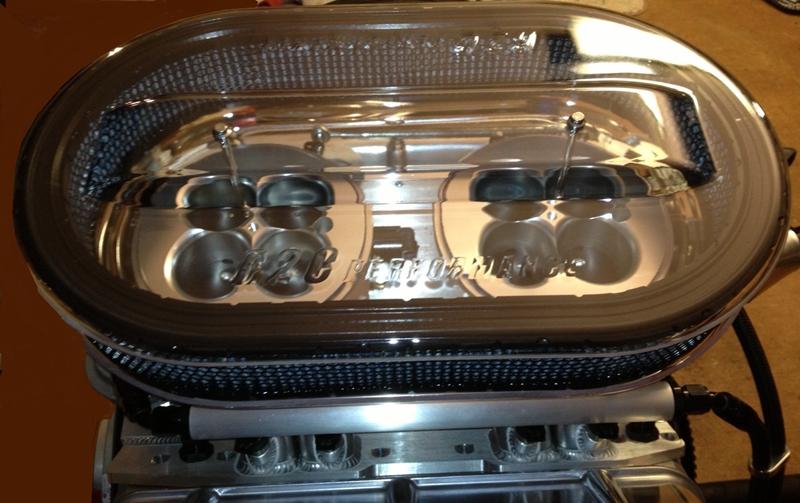Hey guys, here's another one way out there
I'm trying to get things as quiet as possible in my KG. I put down anti-rattle… Dynamat. The Dynamat has a good reputation for keeping yer car from sounding like a tin can.
The problem is that after that things get confusing for sound barrier. All of it is VERY inconsistent and UNCONVINCING. I read that you need to closed cell foam (CCF) and mass loaded vinyl (MLV). The first is used to prevent sound transmission between panels/trim, etc. (hydrophobic) and the other is sound absorbing. Even considering the geometric way in which sound is measured (db) the improvements seem marginal. 2-3 db at all frequencies. Hmmm - none of it is convincing.
All of this interests me because I want a quality sound system.
Anyone have any experience here?
I'm trying to get things as quiet as possible in my KG. I put down anti-rattle… Dynamat. The Dynamat has a good reputation for keeping yer car from sounding like a tin can.
The problem is that after that things get confusing for sound barrier. All of it is VERY inconsistent and UNCONVINCING. I read that you need to closed cell foam (CCF) and mass loaded vinyl (MLV). The first is used to prevent sound transmission between panels/trim, etc. (hydrophobic) and the other is sound absorbing. Even considering the geometric way in which sound is measured (db) the improvements seem marginal. 2-3 db at all frequencies. Hmmm - none of it is convincing.
All of this interests me because I want a quality sound system.
Anyone have any experience here?

